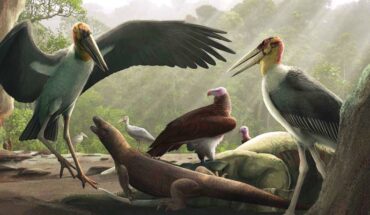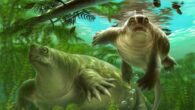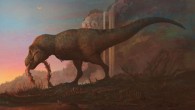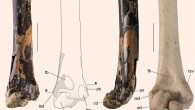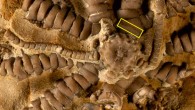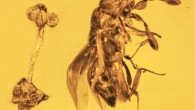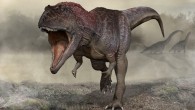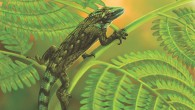Over 50,000 years ago, Leptoptilos robustus — an extinct species of large-bodied stork around 1.8 m tall — co-existed with mysterious miniature human relatives Homo floresiensis, dwarf proboscideans Stegodon florensis insularis, Komodo dragons (Varanus komodoensis), and vultures Trigonoceps sp., on the Indonesian island of Flores. Paleontologists previously thought that Leptoptilos robustus evolved from a smaller ancestor and may have...

